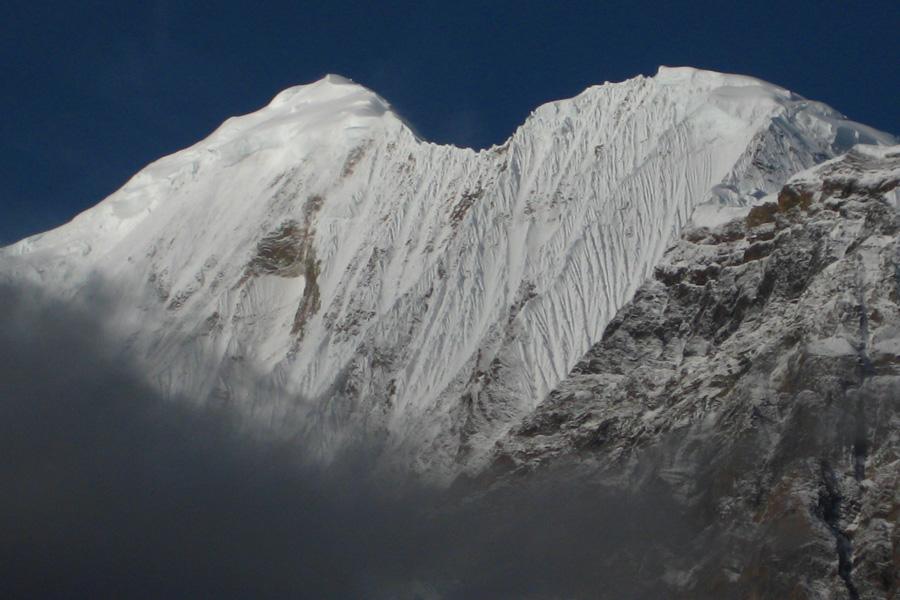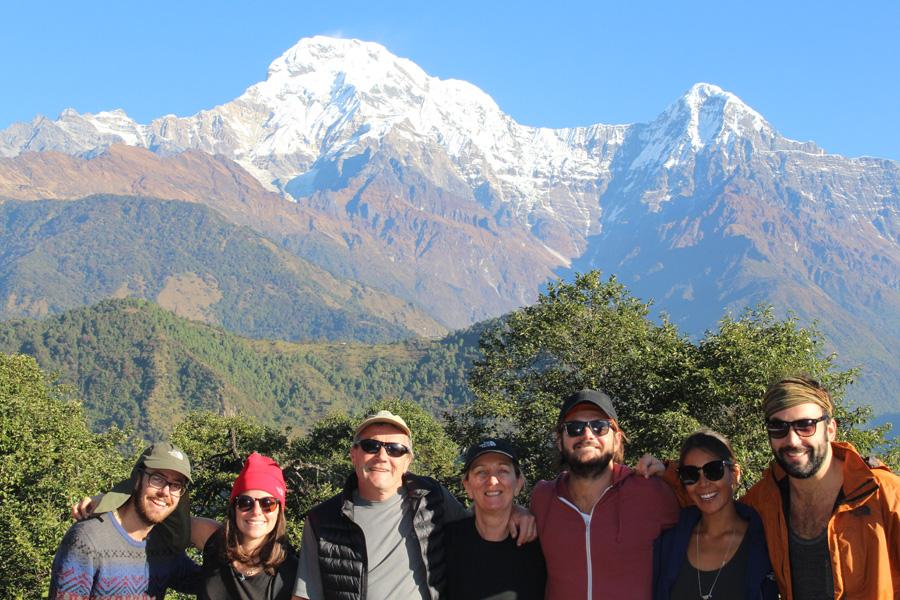The Annapurna Circuit is one of the most iconic trekking routes in Nepal, offering stunning views, diverse landscapes, and a chance to experience unique cultural traditions. However, choosing the best time to trek the Annapurna Circuit is crucial to making the most of your adventure. From weather conditions to trail accessibility, every season has something different to offer.
This Annapurna Circuit seasonal guide provides a detailed breakdown of what each season holds, helping you decide the ideal time for your Annapurna trek.
Key Seasons for Trekking the Annapurna Circuit
The Annapurna Circuit is open for trekking year-round, but the experience varies greatly depending on the season. Nepal experiences four distinct seasons:
- Spring (March to May)
- Summer/Monsoon (June to August)
- Autumn (September to November)
- Winter (December to February)
Let’s explore what makes each season unique.
Spring (March to May)
Overview: Spring is considered one of the best seasons to trek the Annapurna Circuit. The weather is stable, the trails are alive with blooming rhododendrons, and the views are crystal clear.
Pros:
- Comfortable temperatures during the day (10–20°C at lower altitudes).
- Vibrant landscapes with flowers and greenery.
- Clear skies ideal for photography.
- Perfect for enjoying the beauty of the Annapurna range.
Cons:
- Trails can get crowded due to the popularity of the season.
Is Spring the Best Time?
For many trekkers, spring is an excellent choice due to the mix of pleasant weather and scenic beauty. It’s particularly appealing for those interested in exploring nature at its most colorful.
Summer/Monsoon (June to August)
Overview: Summer in Nepal overlaps with the monsoon season, making this period the least popular for trekking. Heavy rainfall can cause slippery trails, landslides, and leech infestations. However, it’s not without its charm.
Pros:
- Lush green valleys and vibrant forests.
- Quieter trails with fewer trekkers.
- Discounts on accommodation and trekking services.
Cons:
- Risk of landslides and flooding.
- Limited visibility due to clouds and rain.
- Humid weather at lower elevations.
Is Summer the Best Time?
If you’re an adventurous trekker willing to brave the rain, the monsoon season offers solitude and a unique perspective of the Annapurna region. However, it’s important to be well-prepared for unpredictable weather conditions.
Autumn (September to November)
Overview: Autumn is widely regarded as the best time to trek the Annapurna Circuit. The post-monsoon season brings stable weather, crystal-clear skies, and breathtaking mountain views.
Pros:
- Perfect trekking weather (8–18°C during the day).
- Excellent visibility of the Annapurna and Dhaulagiri ranges.
- Vibrant cultural experiences during festivals like Dashain and Tihar.
Cons:
- Trails are often crowded, especially in October.
- Accommodation prices may be higher due to high demand.
Is Autumn the Best Time?
For most trekkers, autumn is unbeatable. Whether you’re a seasoned adventurer or a first-time trekker, this season delivers the ideal balance of weather, views, and cultural experiences.
Winter (December to February)
Overview: Winter trekking is perfect for those who enjoy solitude and can handle the cold. While the lower altitudes are manageable, higher regions like Thorong La Pass can experience extreme cold and snow.
Pros:
- Quiet trails with fewer trekkers.
- Incredible panoramic views due to clear skies.
- Unique, serene experience in the snow-covered landscape.
Cons:
- Extremely cold temperatures, especially above 4,000 meters.
- Some high passes may be closed due to snow.
- Shorter daylight hours for trekking.
Is Winter the Best Time?
Winter is ideal for experienced trekkers who want to avoid the crowds and enjoy a peaceful trek. Make sure to pack proper gear to combat the cold.
Pros and Cons of Trekking Annapurna Circuit in Each Season
|
Season |
Weather |
Pros |
Cons |
Best For |
|
Spring |
Pleasant, clear skies |
Blooming flowers, great visibility |
Crowded trails |
Nature and photography lovers |
|
Summer |
Hot, rainy |
Lush landscapes, fewer trekkers |
Slippery trails, leeches |
Adventurous trekkers |
|
Autumn |
Stable, crystal clear |
Best weather, festivals |
Crowded, higher costs |
All types of trekkers |
|
Winter |
Cold, snow in high areas |
Quiet trails, stunning views |
Harsh cold closed high passes |
Solitude seekers, experienced hikers |
Tips for Choosing the Best Time to Trek Annapurna Circuit
- Consider Your Goals: Are you looking for clear views, cultural experiences, or a peaceful trek?
- Check Weather Updates: Weather patterns can vary, so always check the forecast before your trek.
- Prepare for the Season: Pack gear suitable for the season, such as waterproof jackets for monsoon or thermal layers for winter.
- Book Early in Peak Seasons: Autumn and spring see high demand for lodging and guides, so plan ahead.
Conclusion
The best time to trek the Annapurna Circuit depends on your preferences and trekking goals. While autumn offers the most favorable conditions for most travelers, spring is a close contender for those who love blooming landscapes. Winter and monsoon treks are more challenging but can be equally rewarding for those seeking unique experiences.
No matter when you choose to trek, the Annapurna Circuit promises breathtaking views, cultural richness, and an adventure of a lifetime. With proper preparation and planning, your trek will be unforgettable, regardless of the season.
Author: Soniya Sah
Date: 5th December, 2024
Related Trip























